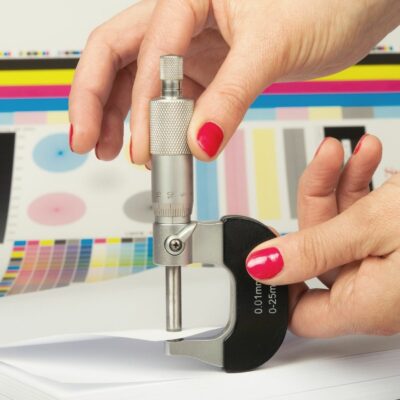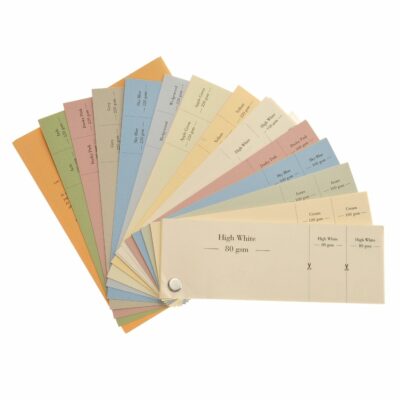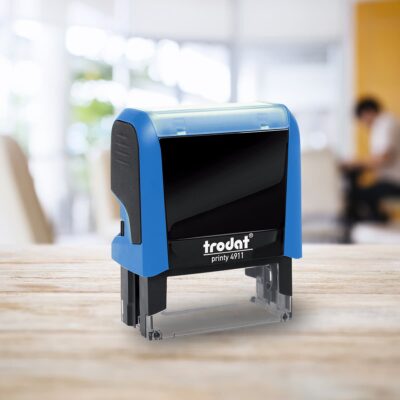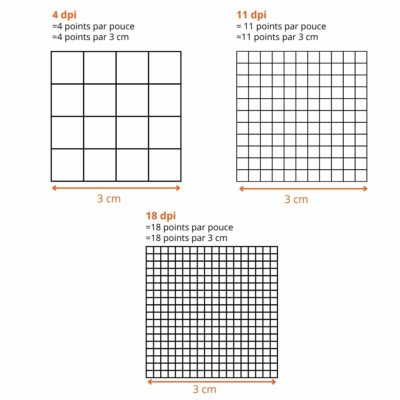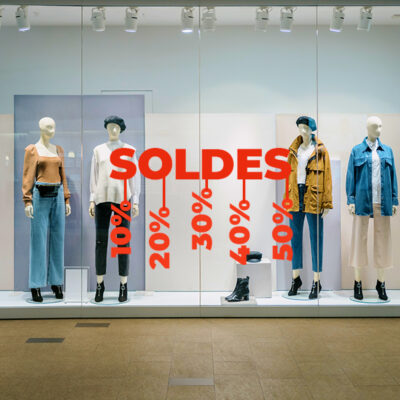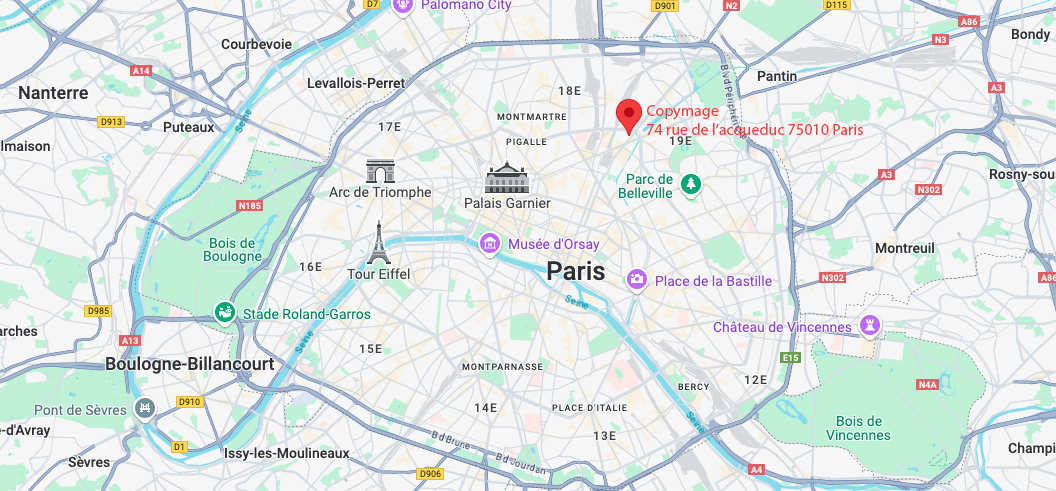- 📦 ON DÉMÉNAGE !🏭 COPYMAGE INTÈGRE L'IMPRIMERIE NOEL : 74, Rue de l'Aqueduc 75010 Paris✨ Nous allons faire la même chose, mais à un autre endroit ! ✨
- 📦 ON DÉMÉNAGE !🏭 COPYMAGE INTÈGRE L'IMPRIMERIE NOEL : 74, Rue de l'Aqueduc 75010 Paris✨ Nous allons faire la même chose, mais à un autre endroit ! ✨
- Call us 01 42 61 00 33
Monday to Friday 9:00 - 18:00 IMMEDIATE
CUSTOMISED QUOTERETRAIT EXPRESS
& LIVRAISON J+1-
-
- All
products - Cards
- Brochure
Files - Advertising
- Printing
- Office automation
- Adhesives
- Signage
- Themes
- Printing
Express in 4H
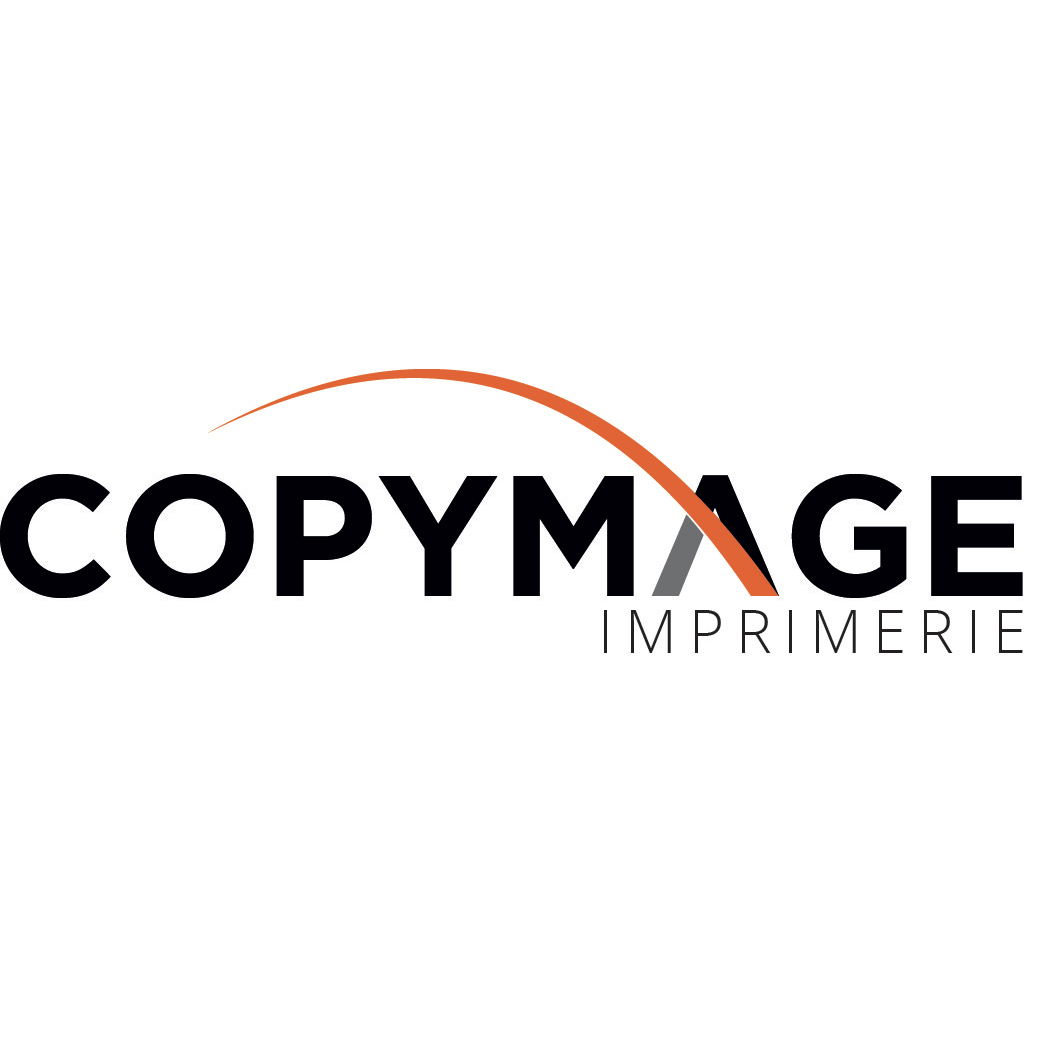
Tips & tricks from your printer
How to choose the right paper weight
It may seem obvious, but the paper on which we print your communication materials is extremely important. Its quality and, especially, its weight will have a significant impact on the rendering of your printing work.
In this article, we propose you to come back on the notion of grammage to understand the stakes related to it in terms of image, costs, distribution mode, etc.
We will then discover which paper weight to choose for three essential media:
- flyers,
- business cards,
- product catalogs.
What is paper weight?
The "grammage" of paper refers to the weight in grams of a sheet of paper per square meter.
The paper that is typically used in non-professional printers has a grammage of 80 g/m2. This means that if this sheet were one meter by one meter in size, it would weigh 80 grams.
The weight of the paper has two consequences in terms of rendering:
- The paper weight has an influence on the thickness of the sheet: the higher the weight, the thicker the sheet.
- The weight of the paper has an influence on thebehaviour of the sheet, i.e. on its flexibility or stiffness.
Finally, the grammage is not the only paper characteristic to take into consideration when preparing your printing work. A paper can be offset or, on the contrary, coated, that is to say having undergone the application of a layer of mineral products, which offers an elegant rendering very qualitative, in particular for the printing of illustrations. The coated paper exists in two versions:
- Matte coated paper absorbs light and provides a soft, textured surface.
- The glossy coated paper reflects light strongly, its texture is smoother.
What weight for what use?
The choice of paper weight depends mainly on the use that will be made of it, the weight can vary from 35 g/m2 to 700 g/m²:
- A newspaper page is usually between 35 and 45 g/m².
- The weight of the tracing paper is 40 g/m².
- The paper reams used in office printers are often between 60 and 100 g/m².
- The pages of magazines and journals have a weight of 100 and 135 g/m².
- The weight of the paper used for acrylic painting is usually over 200 g/m2.
- Covers for catalogs and other brochures can vary from 200 to 400 g/m2.
- The paper used for watercolor is the one with the highest weight, ranging from 300 to 700 g/m2. It is also the paper weight used to make thick business cards.
Thus, each use corresponds to an ideal paper weight. However, it is not forbidden to go off the beaten track to obtain an original communication medium!
There are two important points to keep in mind before making a decision about paper weight:
- The paper weight influences the perception of the positioning of your communication support. The thicker the paper used, the more luxurious the result. Therefore, at Copymage, we suggest that you choose a paper with a high grammage to design invitations to a prestigious event for example.
- The weight of the paper should be considered in relation to the distribution method of your communication materials. Thus, if you wish to make brochures available on the counter of your store, we invite you to choose a paper with a sufficiently high grammage so that your brochures stand up well in the display. On the other hand, if you wish to distribute flyers by mail, we advise you to choose a paper with a low weight in order to limit the weight of your sending and at the same time the postage costs.
What weight to choose for your flyers?
For theA5 flyer printingCopymage recommends paper with a weight of between 135 and 350 g/m2.
- A paper with a weight of 135 g/m2 is thin, flexible and inexpensive. It allows the design of flyers that will be massively distributed on the occasion of anevent-based and punctual marketing campaign .
- By using a 250 g/m2 paper, you will obtain soft but more resistant flyers, giving a more professional image.
- With a weight of 350 g/m2, your flyers will be semi-rigid and will reflect a high-end image of your company. At Copymage, we recommend this weight for flyers that are intended to be kept by users because of their greater resistance.
Keep in mind that a paper with a weight of less than 135 g/m2 may not have a sufficient grip, the flyer will be too "soft" to be read easily. Moreover, if you choose a paper weight that is too thin, there may be a transparency effect when printing documents on both sides that hinders reading. The higher the weight you choose, the better your flyers will be. A paper with a higher weight will have a better grip and will offer your flyers a more professional look. However, a low paper weight can be preferred in case of postal distribution, in order to reduce postage costs.
What weight to choose for your business cards?
The design of business cards always requires a paper whose weight is important. Indeed, it is imperative that your business cards remain rigid in hand when you distribute them to your customers and prospects. Your business cards will be kept in wallets, drawers, desks, etc. It is essential that they maintain a pristine appearance so that even weeks later, even after multiple handlings, they reflect a flawless image of your company. Therefore, at Copymage, we recommend that you choose a paper weight of at least 350 g/m2.
In order to make an impression, you can opt for thick business cards . thick business cardsThese cards are printed on paper weighing between 480 and 750 g/m2. Business cards printed on paper with a weight of 750 g/m2 will make a lasting impression on your prospects' pockets and memories.
What weight to choose for your product catalogs?
When designing your product catalogs, we advise you to choose two weights of paper: the first for the inside pages, the second for the cover of your catalog.
- For the interior pages, it is preferable to choose a paper with a weight of more than 90 g/m2 so that the opacity of the page is sufficient to allow a pleasant reading. It is also advisable not to choose a paper with a weight of more than 170 g/m2, because beyond a certain number of pages, the weight of the catalog would be too heavy to be transported without effort. Also, make sure that your catalog is easy to flip through. Ideally, the inside pages of a catalog use a paper weight between 115 and 135 g/m2.
- For the cover of a product catalogAt Copymage, we recommend a paper weight of between 200 and 300 g/m2. Using a paper with a heavier weight for the cover than for the inside pages marks the difference between the advertising brochure and the catalog, giving your media a more professional look. A cover with a heavier paper weight makes the material more rigid, which makes it easier to read while protecting the inside pages. It also offers more possibilities in terms of finishes, such as selective varnishes for example.
The weight of the paper used to produce your communication materials influences the image and professionalism of your printing work, as well as its cost and distribution methods. At Copymage, we are always happy to show you the different options available to you so that your printing work is perfectly adapted to your expectations.
Our rates
The best prices on the market
The quality
We are demanding and attentive to your satisfaction
Our deadlines
Tight deadlines thanks to our continuous production system
Imprim'vert label
We are careful about our footprint and waste management. We have obtained the Imprim'vert label.
Help & Advice
Our experts are here to help you.
HELP & ADVICE
Our experts are here to help you. Do not hesitate to contact them.
Adresse
74 rue de l’Acqueduc 75010 Paris
Métro
Ligne 2, 5, 7 : Stalingrad
Ligne 7; 7B : Louis Blanc
Bus
Lignes : 26, N42, 45, 48










